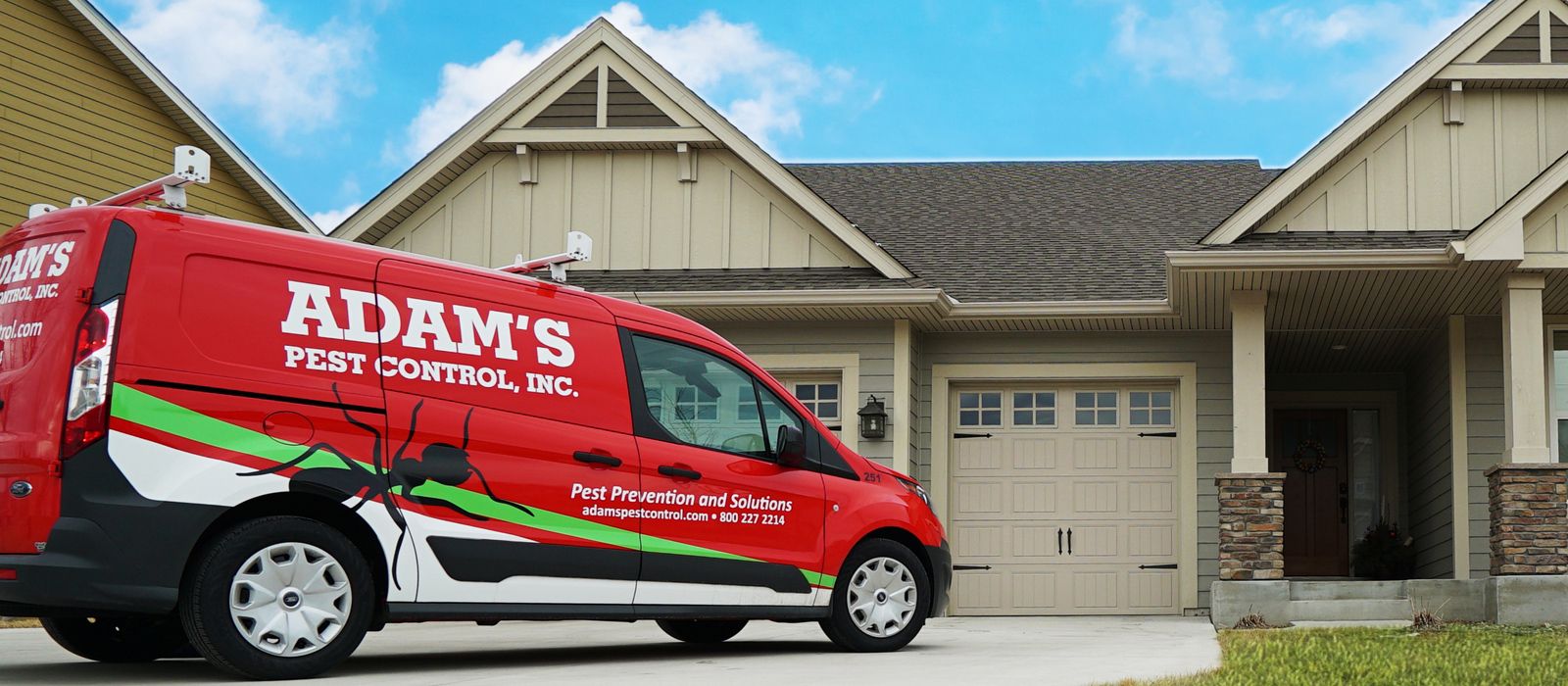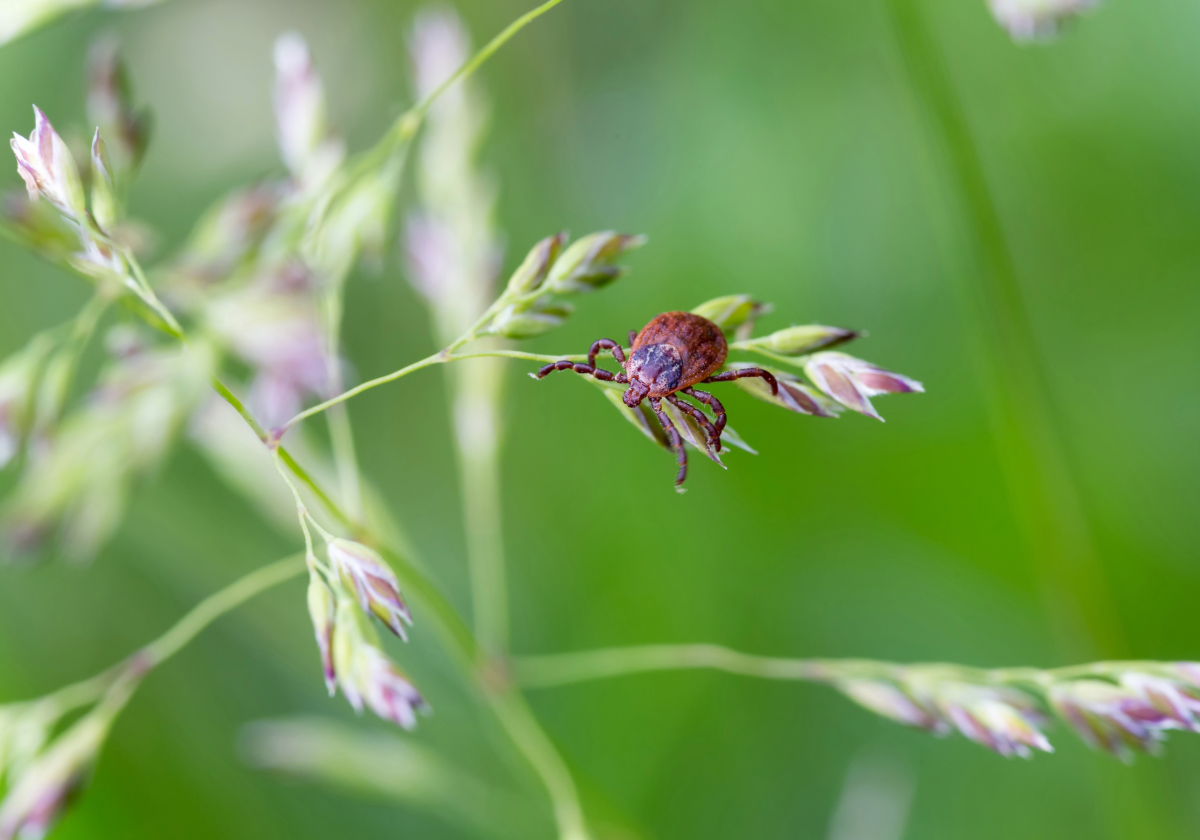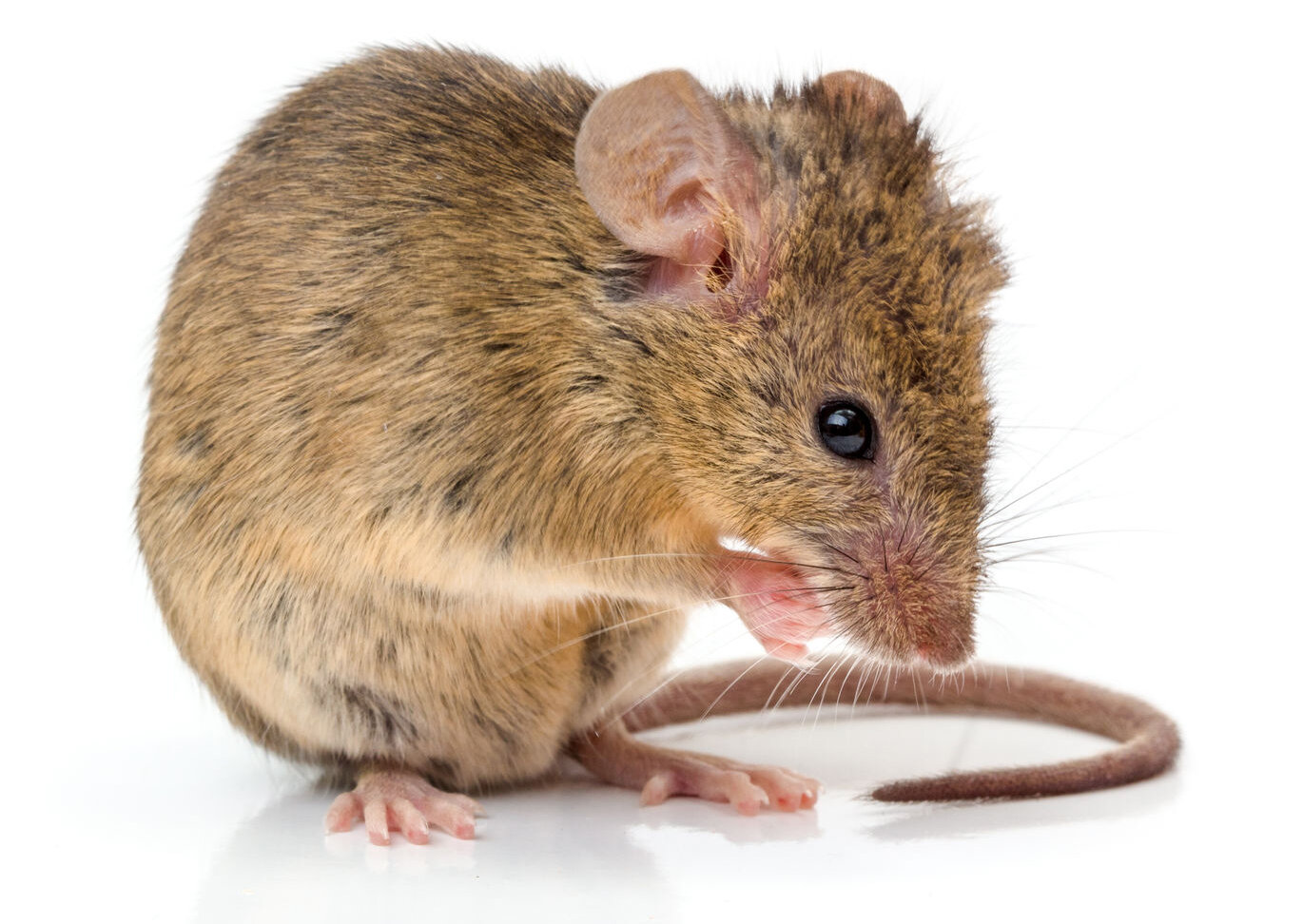Big Ants
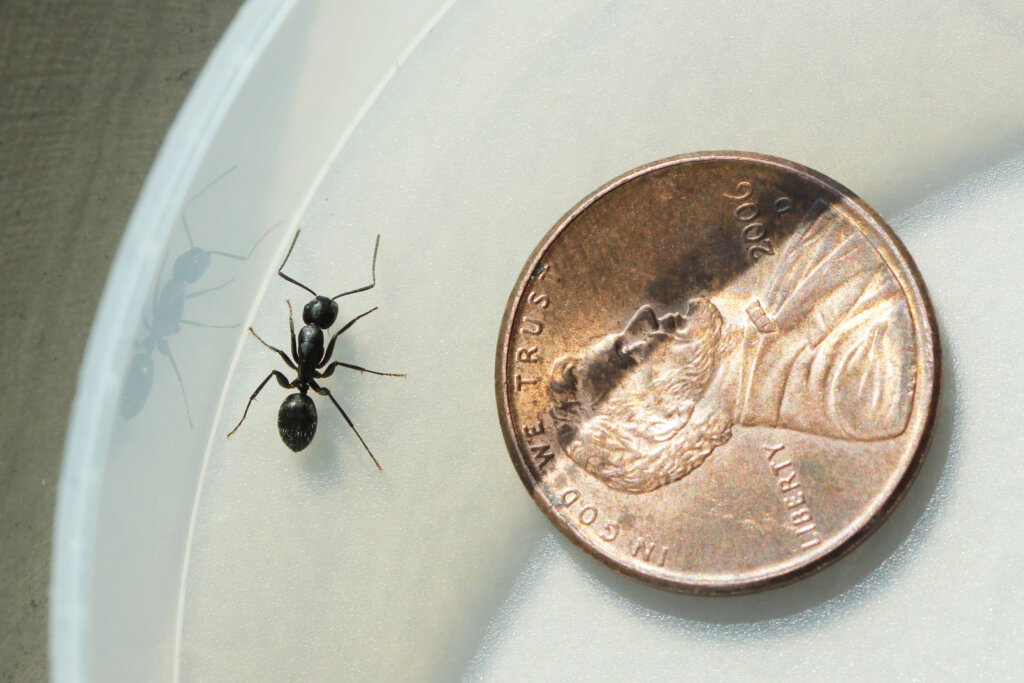
Are you seeing large ants in your home? In Minnesota and Wisconsin, these ants are likely to be carpenter ants. It’s important to be able to identify different types of ants because they can behave very differently from one another.
Carpenter ants are a type of ant that can cause damage to your home, as they have the ability to chew through wood. In fact, they are named after their behavior of excavating wood to create tunnels and galleries in which to nest. This is why it’s important to identify and deal with a carpenter ant infestation as soon as possible.
Identification
Carpenter ants are larger than other ants, usually measuring between ¼ and ½ inch in length. They are usually black or dark brown in color. Carpenter ants can be difficult to spot, however, you may notice piles of sawdust or frass (a mix of fecal matter and chewed-up wood) near areas where they are nesting. They are commonly found on trees, decks, window sills, wooden fences, or foraging through homes. They prefer damp or decaying wood.
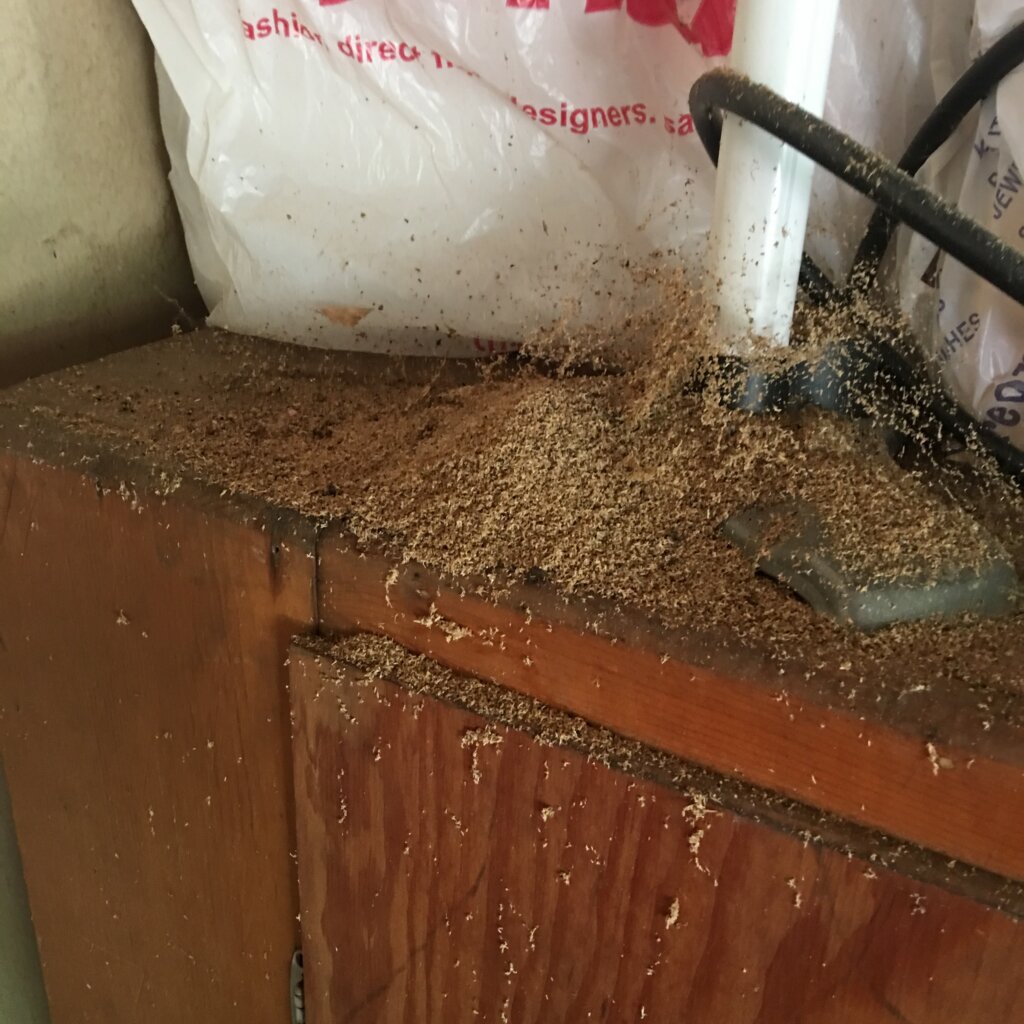
Behavior
Carpenter ants are social insects, meaning they live in colonies with a queen and many worker ants. The queen is responsible for laying eggs, while the worker ants are responsible for foraging for food and building and maintaining the nest. Unlike termites, carpenter ants do not eat wood. Instead, they chew through it to create galleries and tunnels in which to nest. Carpenter ants will eat many different types of food such as insect honeydew, plant and fruit juices, insects/other arthropods, sweets, eggs, meat, cakes, and grease.
Prevention and Control
Whether it’s carpenter ants or another type of ant, prevention is the best way to deal with ants. It allows you to be proactive instead of reactive. If your home has a history of ant issues or you suspect a current ant infestation, contact Adam’s!
Phone: 763-478-9810
Email: Sales@adamspestcontrol.com

